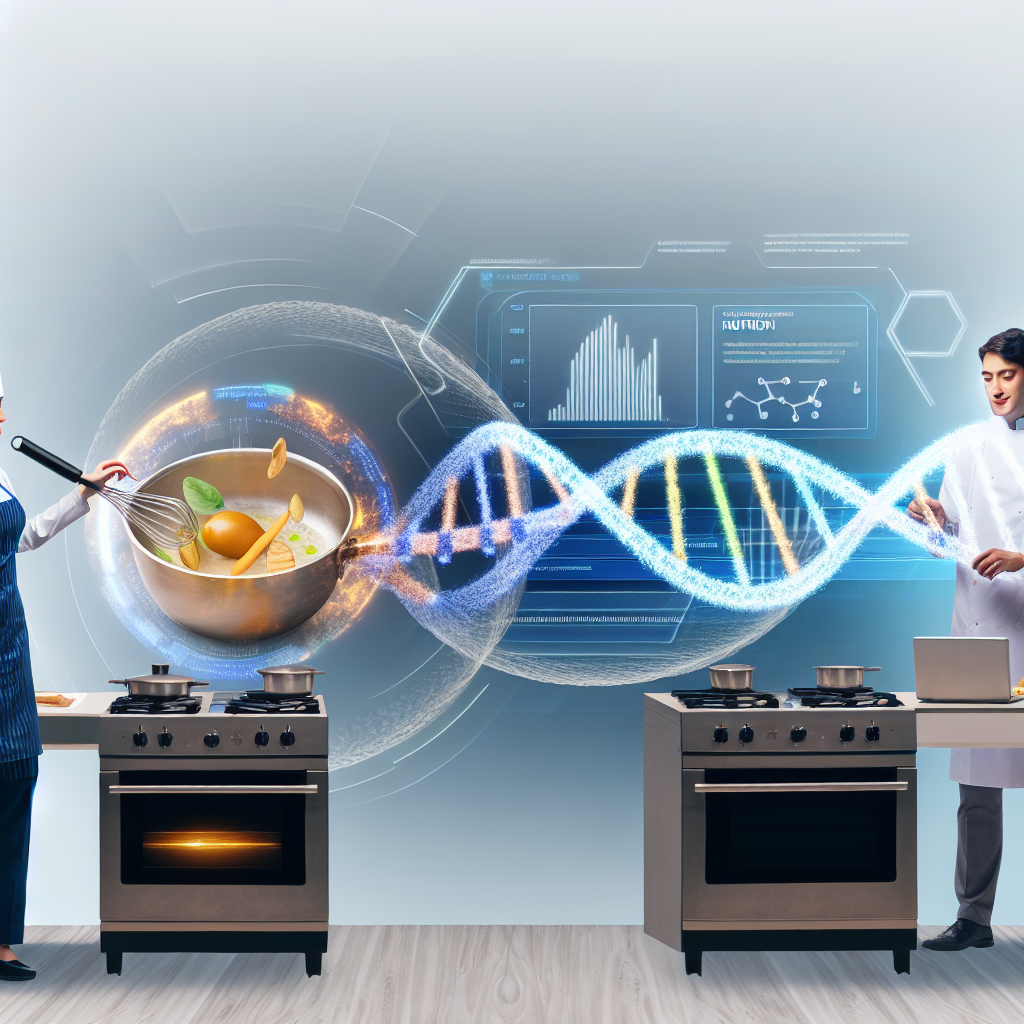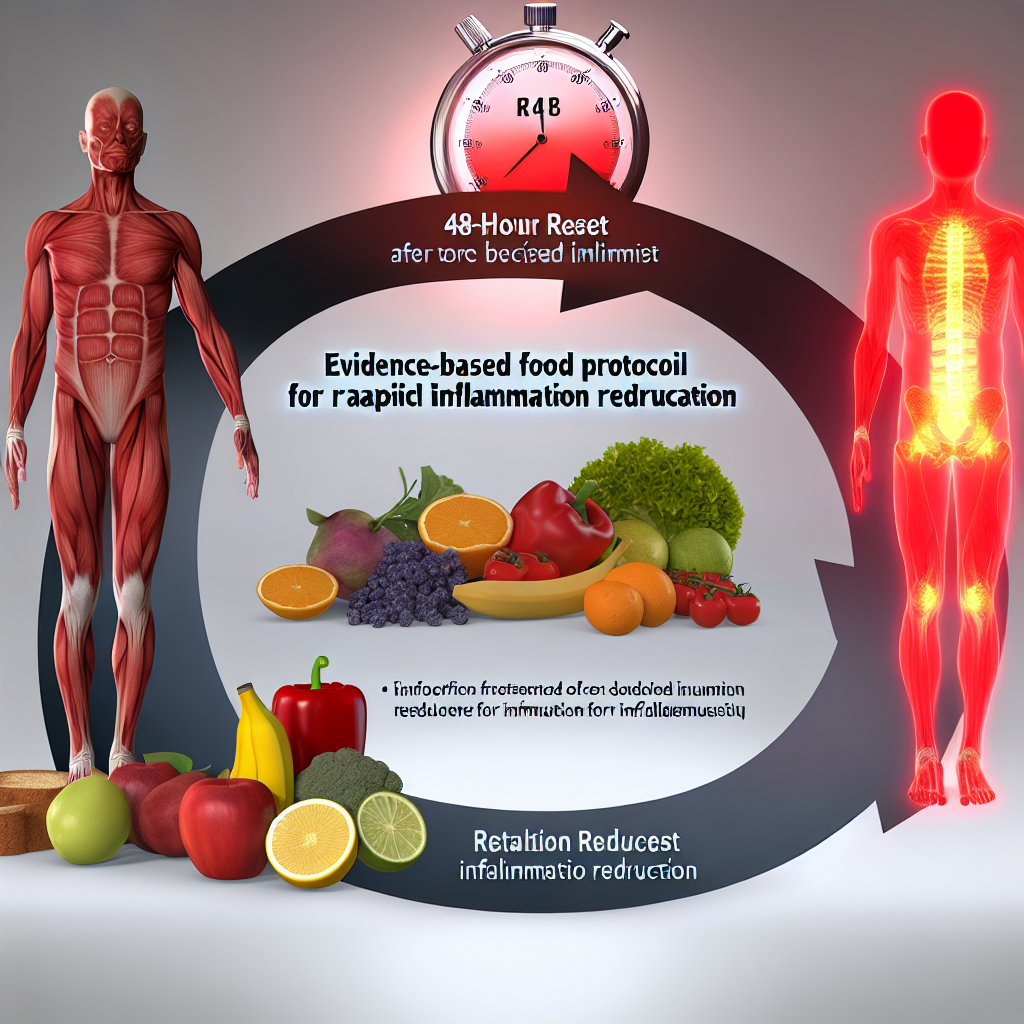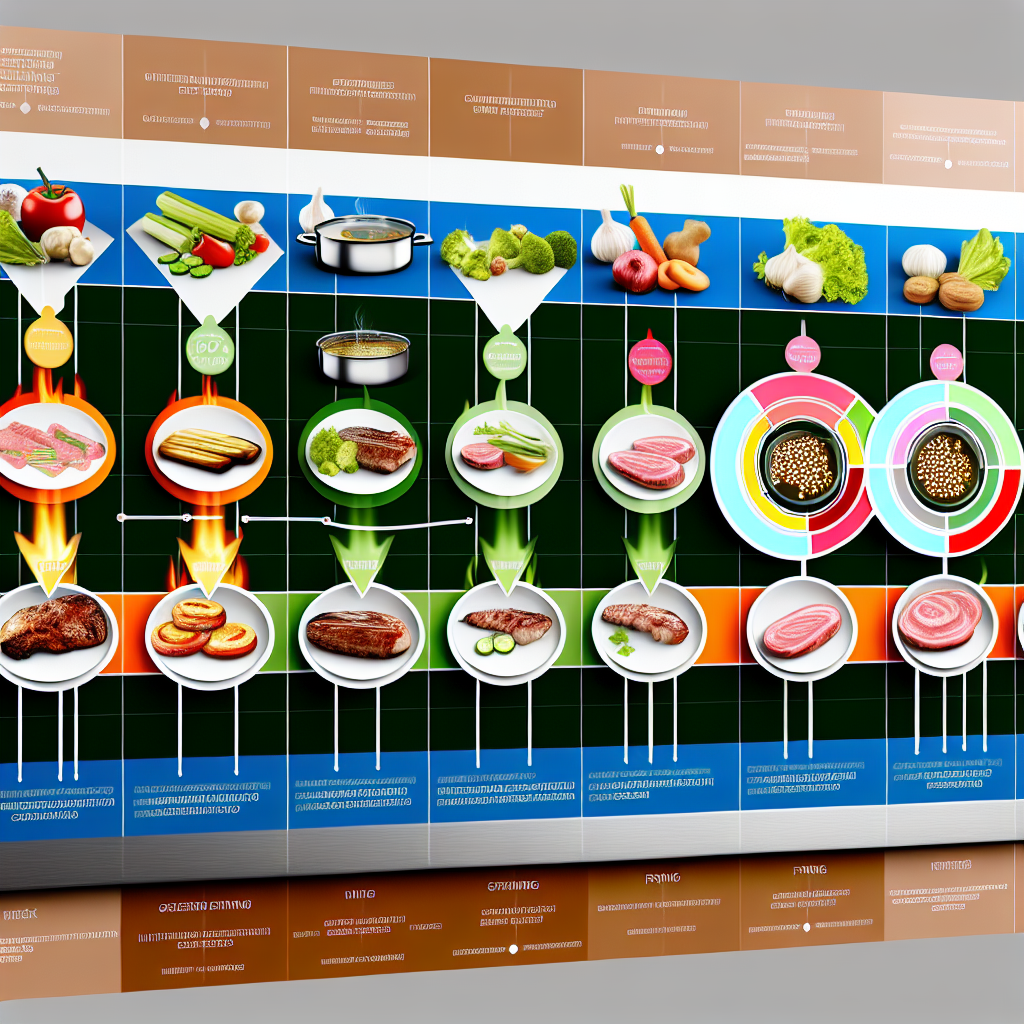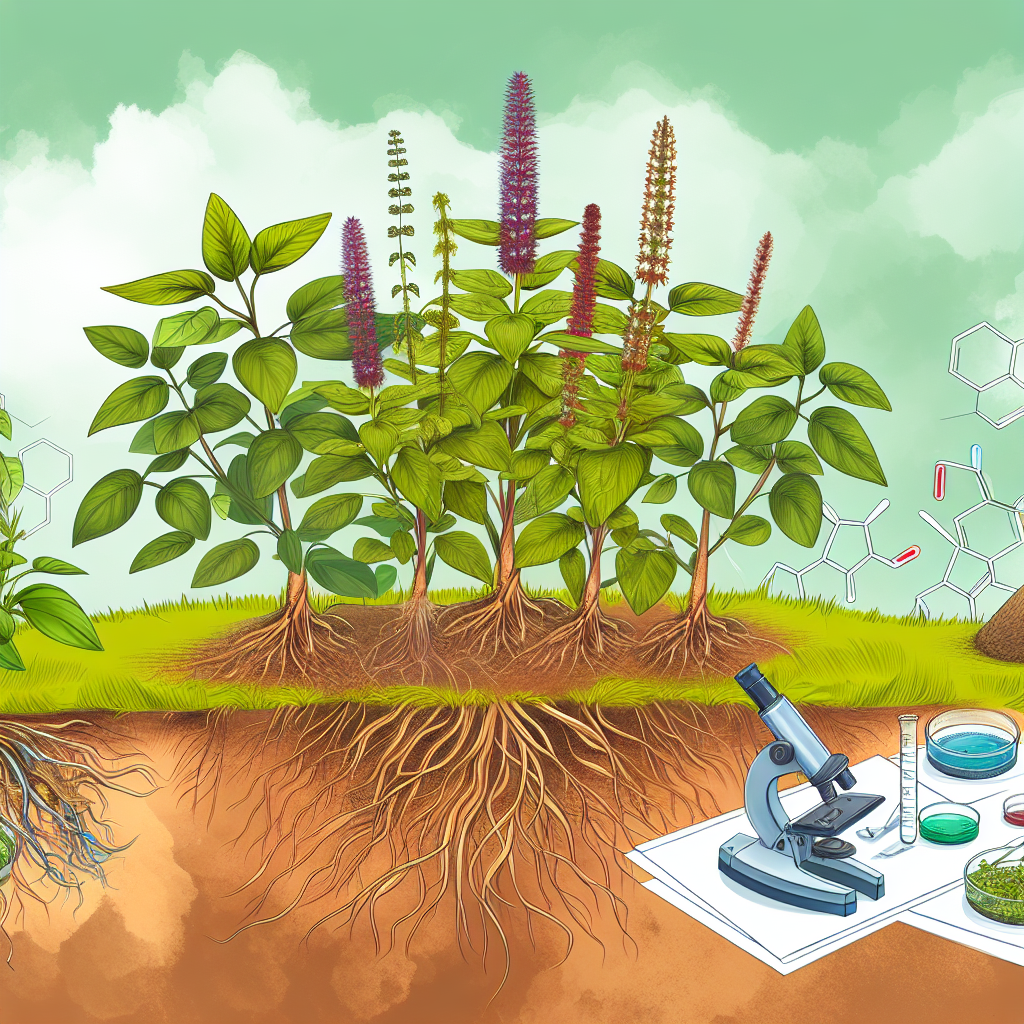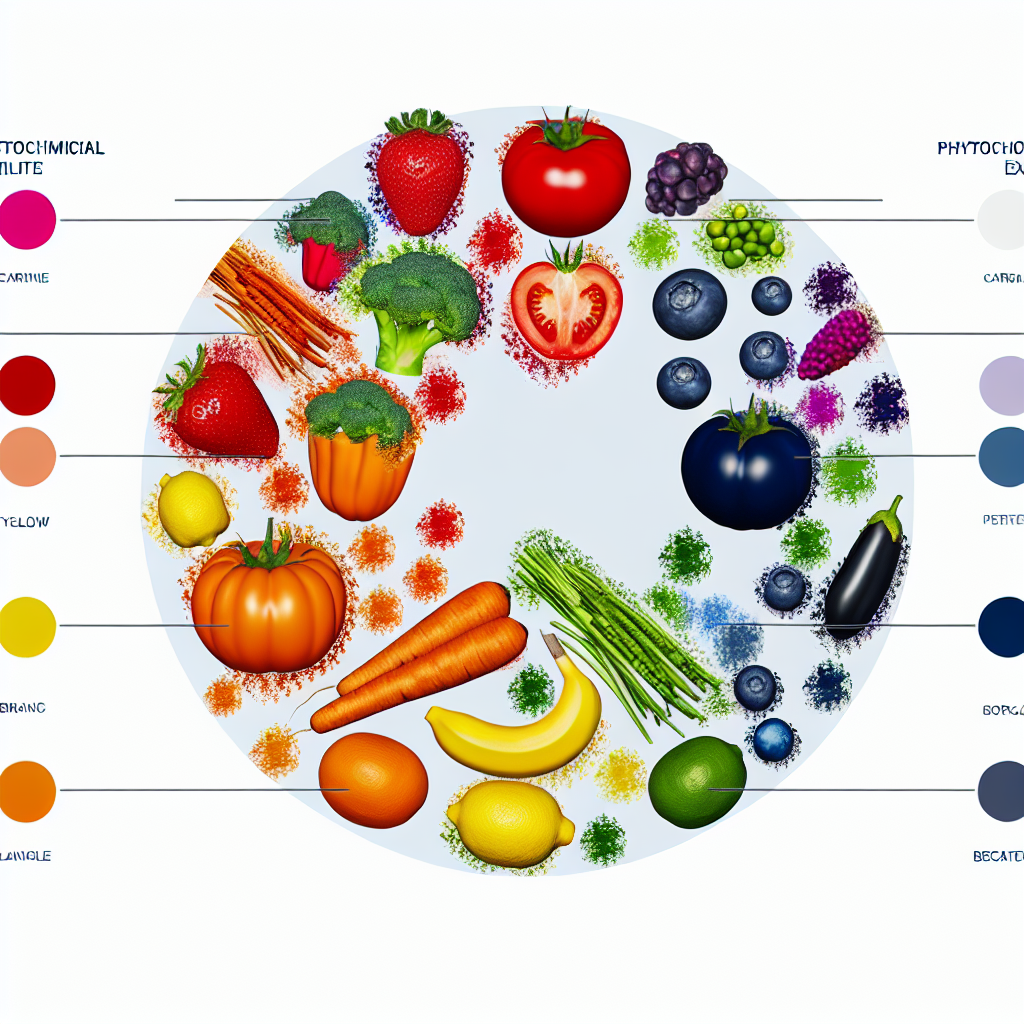Molecular Gastronomy Meets Medicine: Bioavailability-Enhancing Cooking Techniques
Introduction
Molecular gastronomy has the potential to enhance the bioavailability of nutrients, making food not only more enjoyable but also more therapeutically effective. Bioavailability refers to the proportion of a nutrient that is absorbed and utilized by the body. Many vitamins, minerals, and bioactive compounds in food have limited bioavailability due to factors such as molecular structure, environmental stability, and interactions with other dietary components. By employing precise cooking techniques, we can alter the physical and chemical properties of foods to maximize nutrient absorption.
The Science Behind Bioavailability-Enhancing Cooking Techniques
Researchers and medical professionals have long studied how cooking methods impact the availability of key nutrients while retaining their potency. Modern molecular gastronomy leverages this knowledge by utilizing precision-based techniques to optimize absorption.
Encapsulation & Emulsification: Unlocking the Power of Nutrients
Encapsulation and emulsification techniques are common in molecular gastronomy as methods for improving the delivery of bioactive compounds. A 2017 study published in Nutrients found that curcumin’s bioavailability improved significantly when incorporated into a lipid-based nanocarrier system. This principle mirrors the emulsification technique used in molecular cooking, where curcumin is blended with fats to increase absorption. Making turmeric-based emulsions—such as curcumin-infused foams or lipid-based dressings—helps optimize curcumin’s medicinal efficacy.
Sous Vide Cooking: A Gentle Method for Maximum Nutrient Retention
Sous vide cooking, a popular molecular gastronomy technique, involves vacuum-sealing food and cooking it slowly in a water bath at a controlled temperature. Unlike traditional high-heat methods, sous vide minimizes nutrient loss while breaking down cellular walls to enhance bioavailability. A 2020 study published in Food Chemistry found that vitamin C retention in vegetables significantly increased when cooked sous vide compared to conventional boiling techniques.
Spherification: A Revolutionary Approach to Gut-Health Optimization
Spherification, originally developed by Ferran Adrià, is another technique used in molecular gastronomy to encapsulate bioactive compounds in edible spheres. This method is particularly useful when applied to probiotics, ensuring that beneficial bacteria reach the gastrointestinal tract with minimal degradation. Scientists have explored the use of microencapsulation in probiotics for healthcare applications, concluding that this method improves bacterial survival during digestion.
Fermentation & Enzymatic Activation: The Art of Enhancing Nutrient Absorption
Fermentation is another technique that molecular gastronomy has refined to optimize the efficacy of certain nutrients. Fermentation enhances bioavailability by breaking down compounds into more absorbable forms. For instance, fermented soy products like miso and natto improve vitamin K2 absorption, as highlighted by a 2015 study in The Journal of Nutrition. Similarly, enzymatic hydrolysis processes in fermented dairy have been shown to improve protein digestibility and enhance the release of bioactive peptides.
Lipid Pairing: The Key to Unlocking Fat-Soluble Vitamins
Fat-soluble vitamins such as A, D, E, and K require dietary fats for absorption. Molecular gastronomy techniques make it possible to manipulate textures and interaction surfaces to optimize nutrient delivery. A recent paper in The American Journal of Clinical Nutrition suggests that pairing carotenoid-rich vegetables with healthy fats significantly increases absorption levels, making the combination of tomatoes and olive oil an ideal example of a bioavailability-boosting pairing.
Conclusion: The Future of Food as Medicine
By leveraging techniques such as encapsulation, emulsification, sous vide cooking, spherification, and fermentation, we can significantly enhance the bioavailability of essential nutrients. This has wide-ranging implications for individuals seeking natural treatments using nutrient-dense foods, as well as professionals developing innovative therapeutic diets. Precision cooking methods allow us to control the absorption of bioactive compounds like curcumin, probiotics, and vitamins, making food an even more powerful entity in preventive medicine and healing.
Summary:
Molecular gastronomy, the intersection of food science and medicine, can be used to enhance the bioavailability of nutrients through techniques like encapsulation, emulsification, sous vide cooking, spherification, and fermentation. By precisely manipulating the physical and chemical properties of foods, these methods can optimize the absorption of bioactive compounds, making dietary therapy more effective for individuals seeking natural treatments or alternative medicine.

Dominic E. is a passionate filmmaker navigating the exciting intersection of art and science. By day, he delves into the complexities of the human body as a full-time medical writer, meticulously translating intricate medical concepts into accessible and engaging narratives. By night, he explores the boundless realm of cinematic storytelling, crafting narratives that evoke emotion and challenge perspectives.
Film Student and Full-time Medical Writer for ContentVendor.com
